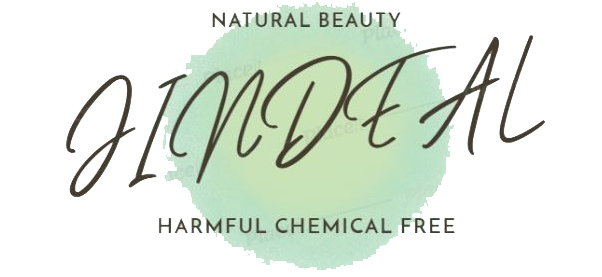Waxes and Butters
Soy Wax Vs Beeswax – Are Soy Wax Candles Better Than Beeswax?
If you’re concerned about the environment yet want to add a candlelight atmosphere to your house, you may have considered soy wax and beeswax for candle manufacturing. Both of these waxes are healthier for the environment and your health. They are two of the most popular eco-friendly candle waxes, but some distinctions are to be made.

Yellow beeswax pallets and soy wax flakes are two of the cleanest burning candles available. The majority of people have begun to abandon regular paraffin candles in favour of these two owing to their numerable benefits. Let’s compare soy candles to beeswax candles and find out which ones are the best Soy Wax Vs Beeswax.
What is Soy Wax?
Soy wax is a refined version of soybean oil. It is derived from hydrogenated soybean oil, which is derived from the same source as tofu. Because soy wax has a lower melting point than other wax forms, it is usually used in container candles. Furthermore, chemicals can be put into soy wax to increase its melting point. Furthermore, soy wax is softer than paraffin wax.
What is Beeswax?
Beeswax is the wax produced by Apis mellifera honeybees. It is the oldest component used in the manufacture of candles. Eight wax-producing glands in the abdomen segments of worker bees shape this wax into scales. Hive workers use it to construct cells for honey storage and larval and pupal protection within the beehive Soy Wax Vs Beeswax.
Key Differences Between Beeswax and Soy Wax Candles
If you’re going to make your candles, you might be wondering the difference between beeswax and soy wax. The majority of the variations are minor, but some of them might have a substantial impact on your purchase decision. Here are a few factors to think about:
1. Sourcing/Availability
Soy wax, which is generated from the soy plant, is a relatively new type of wax compared to other types of wax. They may be created without using animal byproducts, making them vegan. While it is not the best wax for practically all types of candles, it is a soft wax that burns smoothly Soy Wax Vs Beeswax.
Beeswax is produced due to bees pollinating millions of flowers, consuming many pounds of honey, and constructing a hive. To get the wax, beekeepers immerse a honeycomb in warm water, and the wax rises to the water’s surface from the comb. Unfortunately, making these candles may endanger some bee colonies depending on how beeswax is gathered.
2. Nature Derived
The majority of commercial candle producers use soy wax in their candles. Soy wax is derived from soybeans, and soy solids, a byproduct of the oil manufacturing process, are used to feed cattle. As a result, soy is a natural, sustainable product.
While not as popular as scented candles, beeswax candles are organic and clean-burning. Since ancient times, beeswax has been used to make candles and is even considered to cleanse the air. Beeswax emits negative ions, which bind to positive ions in the air, neutralizing them and purifying the air you breathe.
3. Soot Emission
Soy candles do not provide a full clean burn, but they produce a cleaner than regular paraffin wax, emitting soot into the air. Despite having a lower melting point, soy does not burn as quickly as paraffin.
Beeswax candles have a clean, wonderful honey aroma, despite the fact that they do not available in a variety of flavours. Furthermore, most candles of this type do not emit smoke or soot.
4. Toxicity
If you or a family member suffers from allergies, this is a crucial consideration. Soy wax candles, which can be impure at times, have the potential to worsen allergies by releasing soot and other toxins into the air.
A beeswax candle, on the other hand, helps purify the air by emitting negative ions. These aid in destroying positively charged allergies and contaminants in your air. Many people have said that beeswax candles have helped them deal with various airborne allergies.
5. Melting Point
Beeswax has a high melting point and is fairly hard. This results in a very intense candle, but it also complicates the production process because it necessitates using a higher heat source to melt the wax.
Because soy wax has a lower melting point, it is easier to produce at home. With a lower melting point, you are less likely to overheat the wax and ruin any colours or oils you may want to add.
6. Scent Throw
Soy candles are good if you want smells added to them, but such scents are not necessarily safe. Unless you’re manufacturing your own, you may always incorporate your favourite essential oils.
If you prefer scented candles but want to be as safe as possible, and unscented beeswax candle is a good option. That may seem counterintuitive at first, but consider that beeswax naturally has an aroma due to the presence of honey and pollen.
The Winner: Is Soy Wax Candles Better Than Beeswax Candles?
Soy candles are the clear winner in the soy vs. beeswax candles argument in terms of environmental and health benefits. But unfortunately, there is no hard proof that soy candles are as dangerous as many worry. Although beeswax appears to be the more natural choice, perhaps interrupting bee colonies for this product makes it less ecologically friendly – especially since bees have been dying off in large numbers over the last decade.
